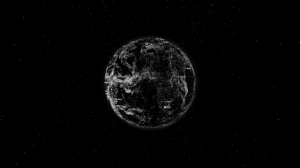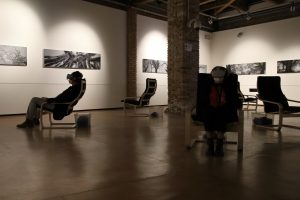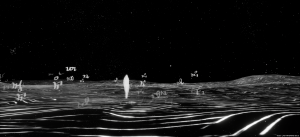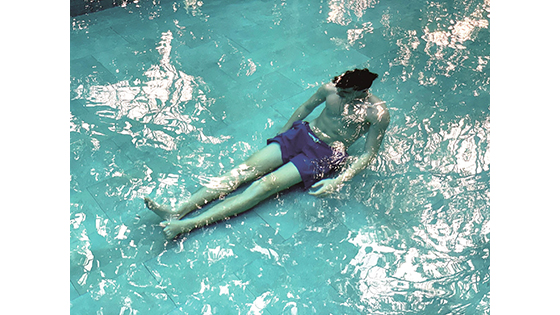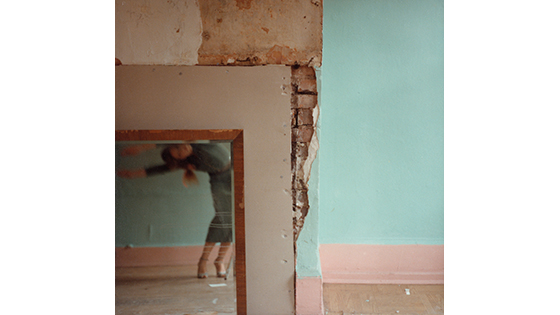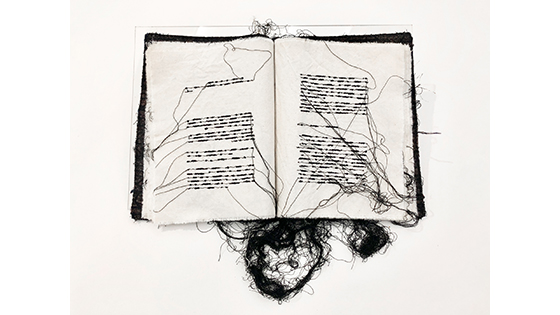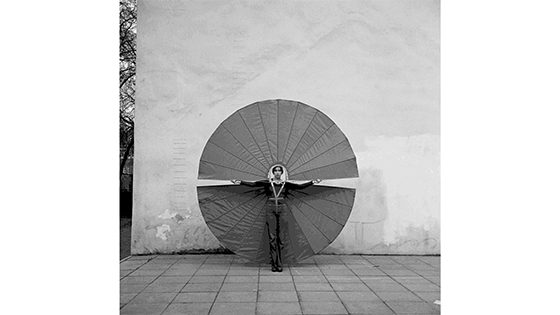Last Whispers: Immersive Oratorio for Vanishing Voices, Collapsing Universes and a Falling Tree di Lena Herzog, fotografa e artista americana, è un progetto incentrato sulla tematica dell’estinzione di massa delle lingue.
L’iniziativa, promossa dall’UNESCO, è a cura di Silvia Burini, Maria Gatti Racah, Giulia Gelmi, Anastasia Kozachenko-Stravinsky (Dipartimento di Filosofia e Beni Culturali – DFBC).
Ogni due settimane il mondo perde una lingua. A una velocità inedita, maggiore di quella dell’estinzione di alcune specie, la nostra diversità linguistica – forse il mezzo più importante della conoscenza di sé – si sta erodendo.
Ad oggi, delle 7.000 lingue superstiti sulla Terra, solo 30 sono usate dalla maggioranza della popolazione. Si stima che almeno la metà delle lingue attualmente parlate sarà estinta entro la fine del secolo. Altre fonti prevedono tempi di sparizione ancor più rapidi.
Nel tentativo di sensibilizzare in ordine a questo problema, l’Assemblea Generale dell’ONU e l’UNESCO hanno dichiarato il 2022-2032 “Decennio Internazionale delle Lingue Indigene”.
Last Whispers è una composizione sonora spazializzata che unisce discorsi, canzoni, incantesimi e canti rituali con suoni e immagini della natura e frequenze provenienti dallo spazio. Il risultato è un lavoro corale, profondamente moderno e tradizionale al contempo, dedicato al tema dell’estinzione delle lingue su scala globale.
Quest’estinzione è, per definizione, silenziosa, perché è proprio il silenzio la forma che essa assume. Last Whispers dà voce a ciò che è stato ridotto al silenzio: mentre affoghiamo nel rumore delle nostre voci – espressione dei sistemi culturali e linguistici dominanti – siamo circondati da uno sconfinato oceano di silenzio.
Il panorama immersivo di Last Whispers è un’invocazione alle lingue estinte e un incantesimo per quelle a rischio.
Con il generoso sostegno della Jim & Marilyn Simons Foundation, Herzog ha selezionato registrazioni provenienti dall’Endangered Languages Documentation Programme della SOAS University di Londra (ora conservate alla Berlin-Brandenburg Academy of Sciences and Humanities), dalla Smithsonian Institution, dal progetto “Rosetta” e da oltre una dozzina tra i più grandi archivi linguistici del mondo.
Lena Herzog è una fotografa e un’artista americana, multidisciplinare e concettuale, di origini russe che vive a Los Angeles. Il suo lavoro, riconosciuto a livello internazionale, affronta i temi della ritualità e del gesto, della perdita e della dislocazione. Il suo approccio nasce dall’intersezione tra arte e scienza, intese sia come oggetto di studio che come processo. Nei lavori a stampa Herzog utilizza tecniche fotografiche tradizionali, contemporanee e sperimentali, mentre per i progetti multimediali l’artista impiega tecnologie all’avanguardia nel suono, nell’installazione immersiva e nella realtà virtuale.
La sensibilità artistica di Herzog nell’affrontare le tematiche connesse alla sostenibilità globale, nonché la sua minuziosa e strutturata ricerca documentaria, rendono particolarmente significativa la presentazione del progetto Last Whispers al pubblico veneziano e internazionale.
Last Whispers sarà presentato all’Università Ca’ Foscari Venezia da aprile a settembre 2022, in tre momenti distinti:
- Una versione immersiva in realtà virtuale potrà essere fruita individualmente, con visori e cuffie, dal 21 aprile al 30 luglio nella Tesa 1 di Ca’ Foscari Zattere – CFZ. Ogni visitatore sarà dotato di un set, che verrà sanificato dopo ogni uso.
- Un’installazione site-specific di immagini tratte dal progetto sarà esposta nel cortile principale di Ca’ Foscari e aperta al pubblico dal 21 aprile al 30 settembre.
- Una proiezione audiovisiva del lavoro, su grande schermo, sarà presentata nel cortile centrale di Ca’ Foscari come evento principale dell’edizione di Art Night 2022, che si terrà il 18 giugno.
ART NIGHT: LAST WHISPERS – PROIEZIONE AV
18 giugno 2022
apertura ore 18:00 / proiezione ore 21:00
Cortile centrale di Ca’ Foscari
Palazzo Ca’ Giustinian
Dorsoduro 3246
FG COMUNICAZIONE – Venezia
Davide Federici
——————————–
info@fg-comunicazione.it
+39 331 5265149
www.fg-comunicazione.it
Ufficio Comunicazione e Promozione di Ateneo
Area Comunicazione e Promozione Istituzionale e Culturale
Università Ca’ Foscari Venezia
T 041 234 8368
comunica@unive.it

